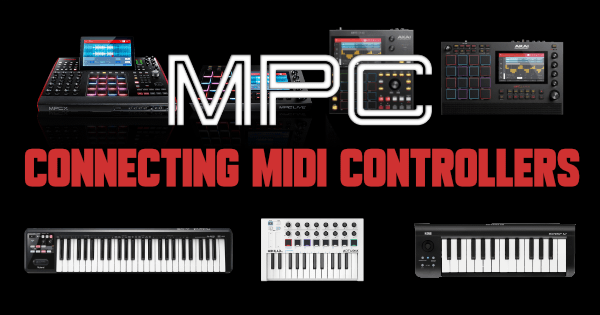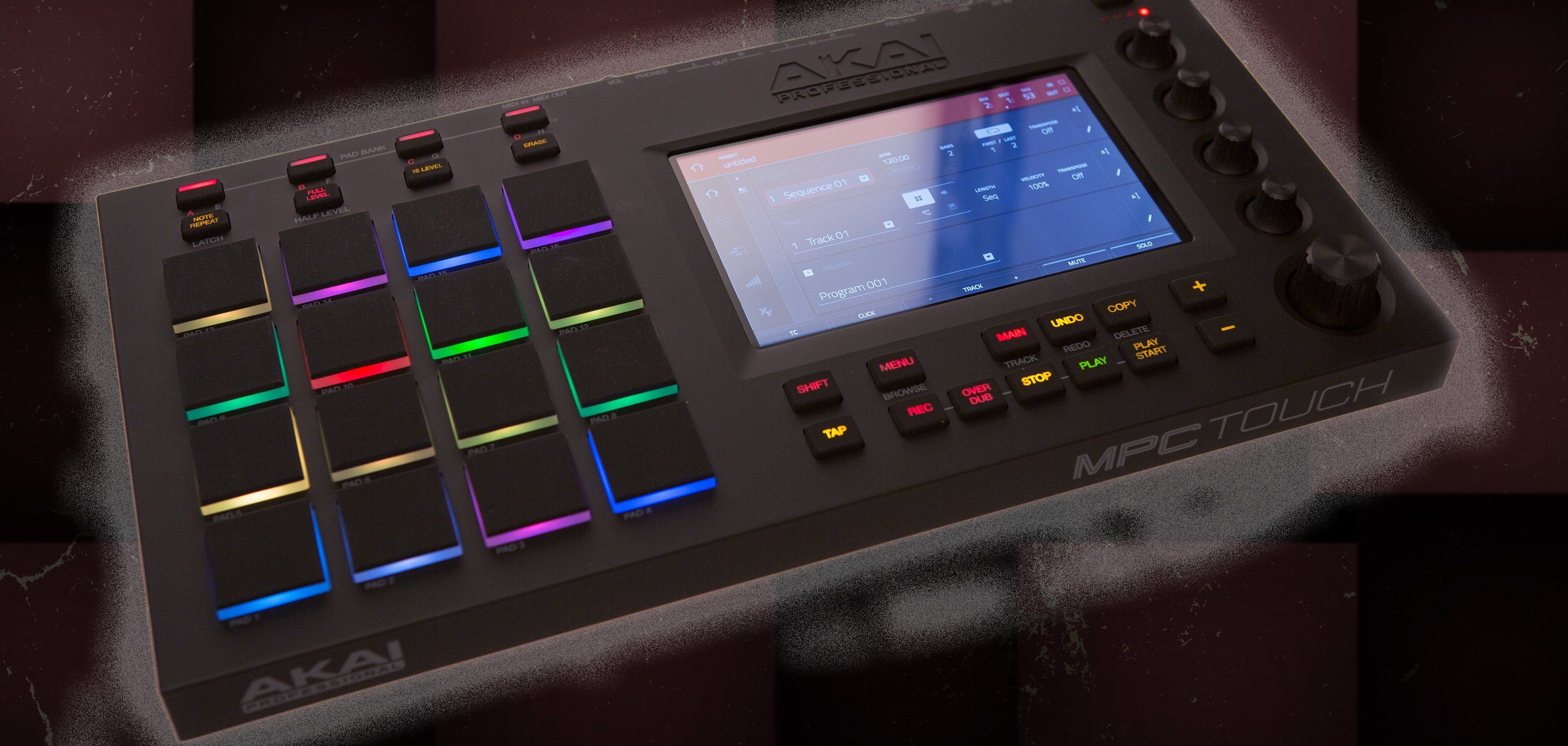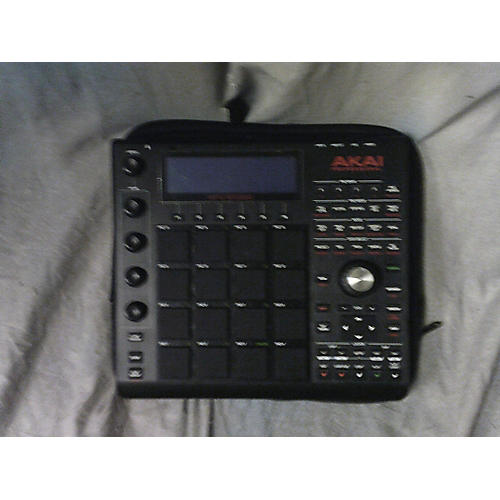

The buttons are hard and click like on the X, and provide direct shortcuts to most of the many views, without needing to visit the main screen menu. In order to fit all the other controls in, the main trigger pads are a fair bit smaller than those on the Live or X.Īgain like the Live, the One has four rotary encoders that can bank through parameters, and there's a master data encoder and increment/decrement buttons that will adjust whatever element you tap on the screen. Like the other MPCs and the Force, the One is quite thick: the MPCs are essentially stand-alone ARM-based computers under the hood. This takes up quite a chunk of the square front panel, showing how compact the device is.

The MPC One has a 7-inch touch-screen like the Live. They use a hybrid touch and hardware input system, which presents the same user interface whether you work with the internal stand-alone engine or control the MPC app/plug-in on your computer. To recap, the current generation of stand-alone MPCs are multitrack workstations that offer sample-based drum kits and instruments, loop launchers, audio tracks, internal synths and MIDI/CV sequencing. I was disappointed that there's no internal battery power, which is such a compelling feature of the Live. Audio I/O is basic stereo, Wi-Fi and Bluetooth are absent, and there are fewer storage options. The One could be seen as a compromise of the two: it's very compact, in fact smaller and lighter than the Live, but crams in many more dedicated function and mode buttons (and some CV connections) like the X.Īll the core MPC features are present on the One, but a number of economies have been made to hit that new price and size. The chunky, top-of-the-range X is intended as a studio centrepiece, while the Live is all about portability. Rather, each model suits particular needs. While the One extends the MPCs into a lower price bracket, the range doesn't really follow the traditional Good, Better, Best template for a product range. It also comes just a few months after Native Instruments didn't release a stand-alone Maschine, as had been anticipated, at a time when more and more people are looking to enjoy music production outside of their laptop. The appeal may also be that it looks like a traditional MPC such as the classic 2000. It mainly repackages existing elements from the established MPC Live and X, but at a more affordable price.

The MPC One seems to have triggered a swell of new interest in the MPC. The MPC One offers the most affordable way into the latest generation of Akai's celebrated sampling workstation.


 0 kommentar(er)
0 kommentar(er)
